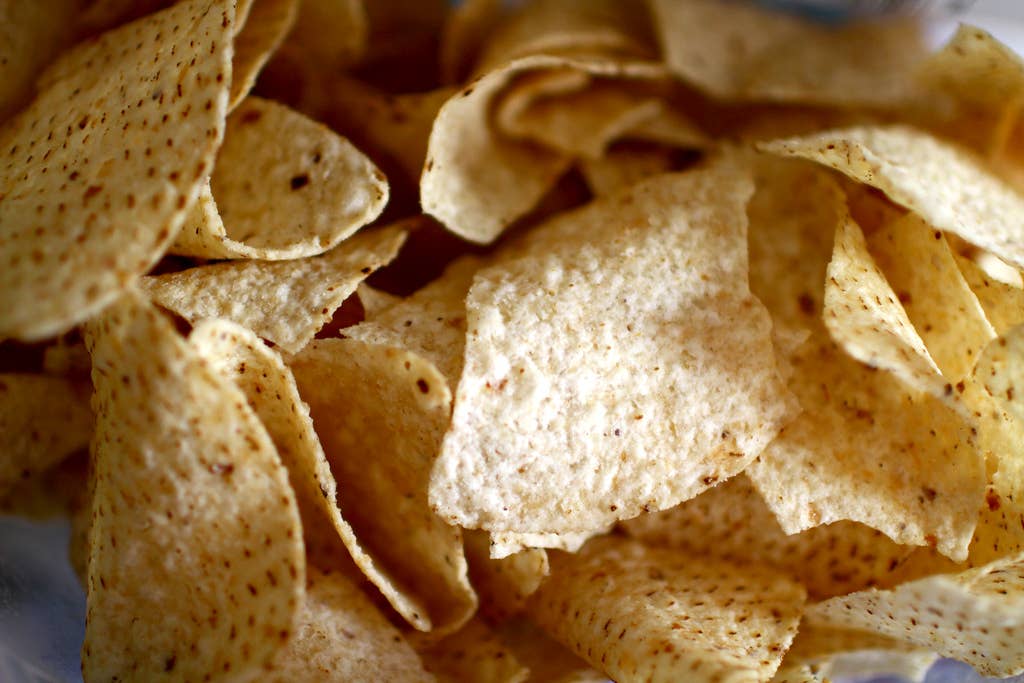
Weekend Reading: Raw Meat Diets, Our Dorito Addiction, and More
What we’re reading, cooking, and clicking this week
• As someone who just raided the SAVEUR staff kitchen, devouring half a bag of Cool Ranch Doritos simply "because they were there," I identified with Frank Bruni's piece Hard Truths About Our Soft Bodies. The editorial discusses how the huge portions and value-packs available to us at places like Costco might be "the flabby core" of America's overeating problem. Did I mention I voted for Bloomberg? —Keith Pandolfi
• Do you know where the vanilla flavoring in some of your favorite store-bought sweet treats comes from? According to National Geographic, the castor sacs of a beaver produce a "brown, molasses-like" substance that hold a "musky, vanilla scent" which food scientists have been using for the past 80 years as a vanilla flavor substitute. And because the FDA has declared it a safe food additive, most manufacturers list it simply as a "natural flavoring". Fortunately, because the act of "milking" a beaver is quite labor-intensive, it is not extremely common. —Nyanyika Banda
• Because I'm kind of worried that all of my gorging is doing its part to harm the earth, I'm always looking for ways to lessen my impact while still eating heartily. So I was thrilled to see Food Tank's list of mobile apps that are changing the food system, from Seafood Watch, my favorite source for sustainable fish choices, to 22 Million Tons, named for the annual amount of global food waste you can stop contributing to with this clever shopping app. —Betsy Andrews
• Most people are afraid of eating raw meat—not this guy, who has apparently been eating nothing but raw meat for five years. Having adopted the diet in a last-ditch effort to heal himself of multiple food allergies, he says he's never been healthier—although his descriptions of the "rotting" meat he eats for probiotics might turn your stomach. —Jung Choi
• As part of their special food issue, Scientific American asked the question "why does food taste so delicious?". It turns out that taste goes beyond the tongue, incorporating receptors from obvious places (the nose) to the less-expected (intestines), and, of course, the reactions of a highly impressionable brain. —Felicia Campbell
Keep Reading
Continue to Next Story










